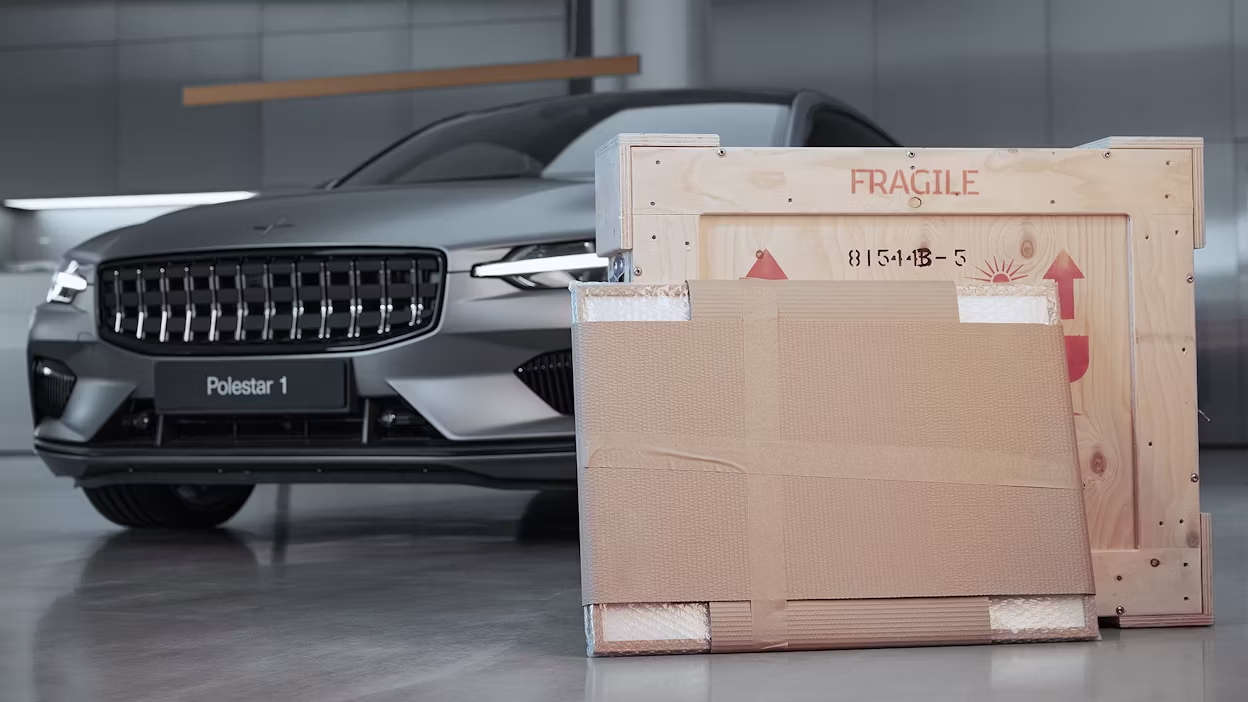Vehicle, or art: Polestar 1 and the Art for Art initiative
What defines art is an age-old question. While some art is created merely to be aesthetically appealing, some is meant to be interpretive. Some pieces ask questions, others make statements. However, they all inspire a reaction. Much like Polestar 1. So, why not use one to buy the other?

In the summer of 2021, Polestar launched an initiative in which people from around the world were given the opportunity to exchange their art for a Polestar 1. More than 500 artists and collectors ended up submitting works of art for evaluation, including paintings, sculptures, photographs, and installations. Their value was assessed by Sotheby’s and Philips, two of the world’s largest auction houses. Four works of art were selected, and one of them was an original street art piece from a Swedish art collector (who wants to remain anonymous).
Polestar 1 was built by hand at Polestar’s state of the art factory in Chengdu, China, and limited to a run of 1,500. Due to its minimalistic design, innovative technology and materials, hybrid powertrain, and the fact that at 124 km, it still has the longest pure-electric range of any hybrid, it has won several awards and broad acclaim. Positive reviews have poured in from titles as varied as Autocar Business, GQ Magazine, Forbes and Insider (sharing the Car of the Year award with the fully electric Polestar 2).
“It’s always an amazing feeling to be the owner of a limited edition, and the Polestar 1 is no exception’’ says the art collector. ‘’At the end of the day, it’s street art for street art. It just makes sense’’.
While collectables are increasingly seen as sound investments (the market for vintage cars being particularly strong), Polestar 1 is a very unique car because of its uncompromising design and technological innovations, (and also, due to the fact that it can be bought with art). And with production ending in 2021, Polestar 1 is already well on its way to becoming a one-of-a-kind collector's item.
“If you look at history, artists have always traded their art for other art, services or goods. Why not cars?” says Theodor Dalenson, an internationally renowned art consultant who acted as Polestar’s art advisor for the initiative. “There are quite similar forces that drive the pricing in the car industry and the art market. When, for example, a car is becoming increasingly interesting among collectors while also only being produced as a limited edition, then it becomes even more attractive because there are not so many available. The same philosophy applies to the art market.”
But rarity is not the only trait that causes Polestar 1 to blur the line between vehicle and art.
“I love the idea of letting artists and collectors buy a Polestar 1 with art - it is such a special car and we wanted to find a unique way of celebrating it before its production reaches an end. It is hand-made, precious and tangible, much like a piece of art.” Says Thomas Ingenlath, CEO of Polestar.
While neither art nor Polestar 1 can be boxed in by a single definition, they both inspire a reaction. It only makes sense, then, that you can use one to buy the other. Street art for street art.




